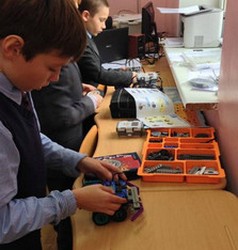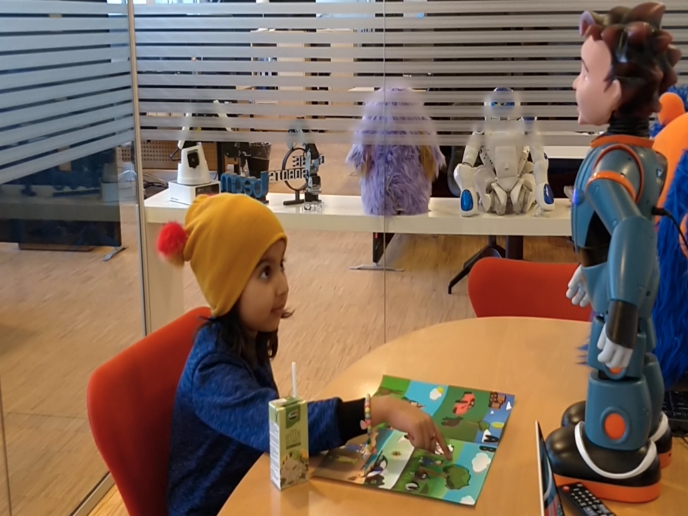Online trust in education
As digital communication gradually replaces face-to-face contact, trust can be an issue. Researchers are concerned about ways of developing trust under such circumstances. The EU-funded SIT (Stimulators and inhibitors of culture of trust in educational interactions assisted by modern information and communication technology) project examined trust in international educational contexts. The study considered personal, cultural and content aspects of the topic. In doing so, the project developed closer international relations, broke down stereotypes and prepared a foundation of trust in internet-based education. Research included case studies in order to consider five environmental backgrounds. The team collected data from several countries, and accounted for various religious, historical and cultural backgrounds. Data sources included interviews and observation plus documents and multimedia sources. Hence, the group produced research tools, including questionnaires for teachers and students, matrix analyses of documents and media, and a schedule for classroom observation. The observed classrooms covered all school levels. Researchers presented the study results at a conference and also in a series of journal papers and articles. SIT's methods help to develop a culture of trust in education. The outcomes may foster closer international relations.







